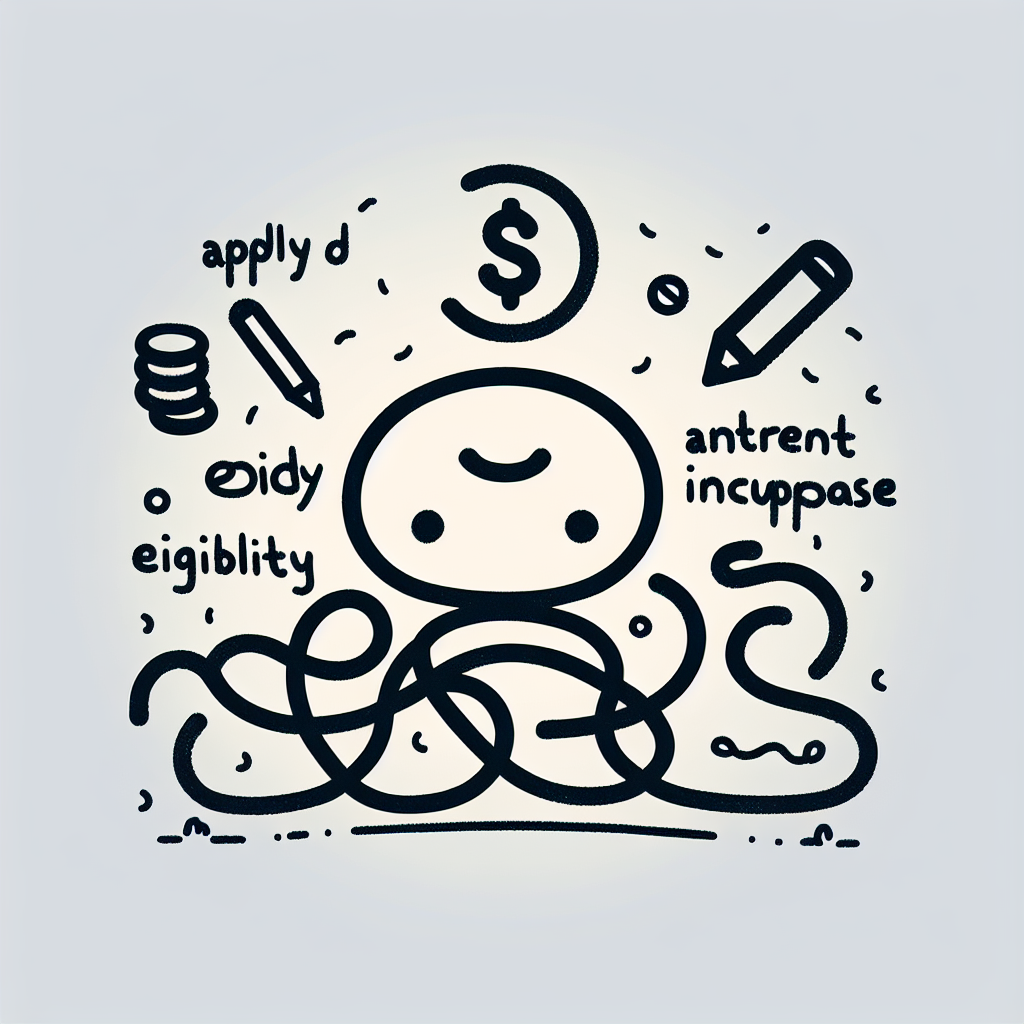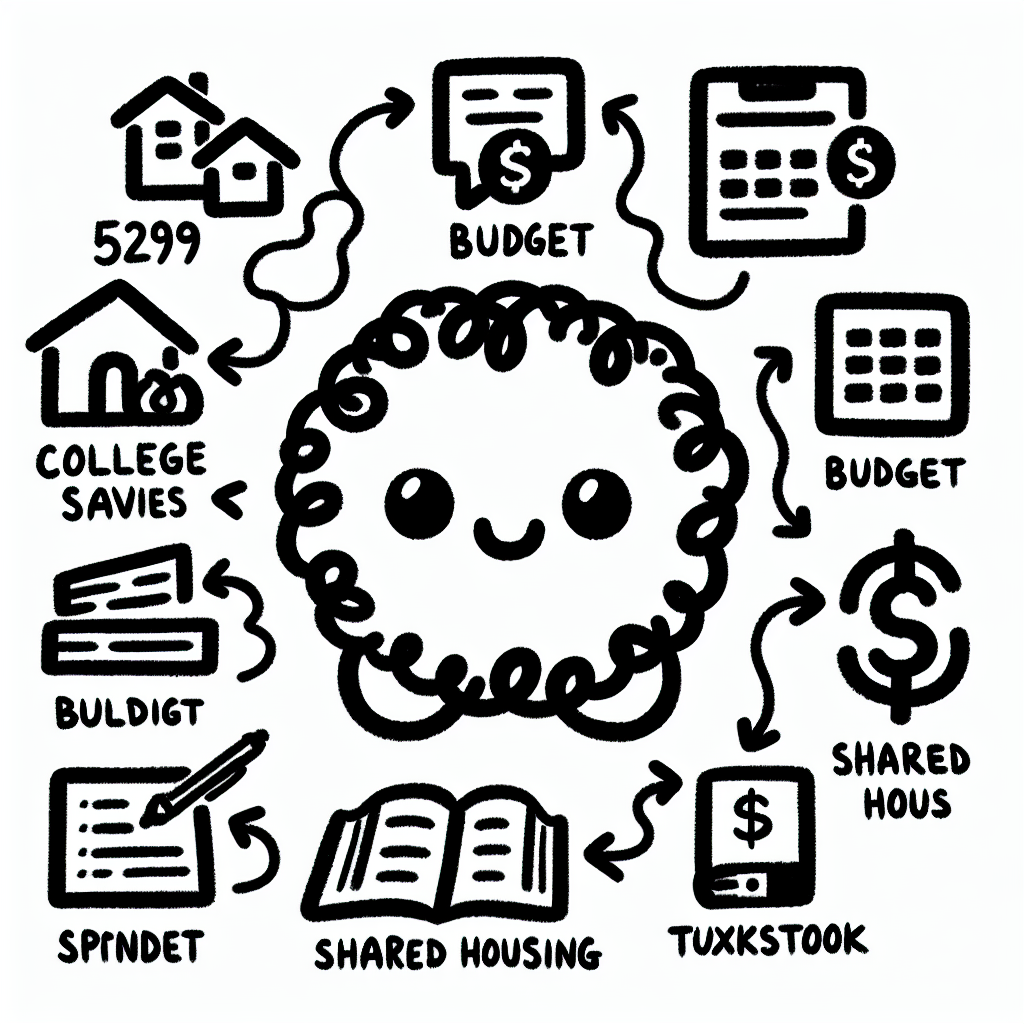Early Planning and High School Resources
Meet with Your High School Counselor
One of the first steps in learning how to pay for college without loans is meeting regularly with your high school counselor. Counselors can help identify scholarships, grants, and other forms of non-loan financial aid. According to the National Center for Education Statistics, students who meet with counselors about financial aid are more likely to receive need-based grants (nces.ed.gov). Taking advantage of this resource early can significantly reduce the need for student loans.
Start Financial Aid Conversations Early
Starting conversations about college costs and financial aid during high school is essential. Discussing funding strategies with family members and school officials can lead to a more organized and informed approach. These early discussions help families build savings plans and learn about available aid options, including scholarships and grants, which are key to understanding how to pay for college without loans.
Understand College Costs and Net Price
Understanding the actual cost of college is critical. The net price—the cost of attendance minus any grants or scholarships—is what students are most likely to pay out-of-pocket. Learning how to calculate this figure helps families make informed decisions. The U.S. Department of Education provides tools and data to help interpret average net price, which gives a more realistic estimate of college affordability (nces.ed.gov). This knowledge is vital for planning how to pay for college without loans.

Maximize Free Money: Grants and Scholarships
One of the most effective strategies for how to pay for college without loans is to maximize free money through grants and scholarships. These sources of funding do not require repayment, making them a key resource for students aiming to minimize or eliminate borrowing.
Apply for Federal and State Grants
Start by completing the Free Application for Federal Student Aid (FAFSA) as early as possible. This form is essential for accessing federal grants like the Pell Grant and may also qualify you for state-specific aid. Grants are typically awarded based on financial need and can significantly reduce your college expenses. In the 2017–18 academic year, 62% of undergraduates received grants that did not require repayment (nces.ed.gov).
Search and Apply for Scholarships
Scholarships are another vital way to pay for college without loans. Use online databases such as Fastweb, Cappex, and the College Board to find scholarships tailored to your interests, background, or achievements. Apply to as many as possible, including local, national, and niche opportunities—many scholarships go unclaimed each year due to a lack of applicants.
Institutional Aid from Colleges
Colleges themselves often provide scholarships and grants based on merit or need. These awards can be a substantial part of your financial aid package. Be sure to review each college’s financial aid website and submit any required applications early to maximize your chances of receiving institutional aid.

Understanding College Pricing and Affordability
Compare College Net Prices
To learn how to pay for college without loans, it's essential to understand the real cost of attendance. The net price is what students and families actually pay after grants and scholarships are applied. For example, in the 2011–12 academic year, the average out-of-pocket cost at public 2-year colleges was $9,900, while students at private 4-year colleges paid an average of $18,100 after grants and loans (nces.ed.gov).
Each college provides a Net Price Calculator on its website, which helps estimate your personalized cost after financial aid. Comparing net prices across institutions can help identify more affordable options.
Apply to Affordably Priced Colleges
Choosing the right type of institution is crucial when figuring out how to pay for college without loans. Community colleges often offer a low-cost way to complete the first two years of a degree. Public in-state universities can also be significantly more affordable than private or out-of-state schools, especially when considering tuition discounts for residents.
Leverage Tuition-Free or Low-Tuition Programs
Some states and colleges offer tuition-free or low-tuition programs for eligible students, typically based on residency or income. Exploring these options early can greatly reduce the need for student loans. Research whether your state or target schools have such initiatives to help lower your college expenses.

Avoiding Missed Opportunities
Apply for Financial Aid—Even If You Think You’re Ineligible
A common mistake students make when learning how to pay for college without loans is assuming they are not eligible for financial aid. In fact, 43–46% of students who didn’t apply for aid believed they wouldn’t qualify, missing out on potential support (nces.ed.gov). However, many families qualify for some form of assistance, including federal, state, or institutional grants and scholarships. Applying for financial aid is a crucial first step in reducing out-of-pocket college costs.
Appeal Financial Aid Offers
If the initial financial aid package does not meet your needs, or if your financial situation changes due to job loss, medical bills, or other circumstances, you can request a reevaluation from the college's financial aid office. Many institutions have formal appeal processes, and submitting updated financial information can result in increased aid—an important strategy in avoiding reliance on student loans.
Apply for Aid Every Year
Financial aid is not a one-time process. To continue receiving support throughout your college career, you must reapply for aid each academic year. This ensures continued eligibility and can open the door to additional aid if your financial need increases or if new funding becomes available. Staying on top of yearly applications is essential in the broader strategy of how to pay for college without loans.

📈 Alternative Ways to Offset College Costs
Work-Study and Part-Time Jobs
One effective strategy for learning how to pay for college without loans is taking advantage of work-study programs and part-time employment. The Federal Work-Study program provides part-time jobs for undergraduate and graduate students with financial need, allowing them to earn money to help pay education expenses. These jobs are often located on campus and are designed to accommodate a student’s class schedule.
In addition to federally funded options, students can seek off-campus part-time work or freelance opportunities. Jobs such as tutoring, babysitting, or working in the gig economy (e.g., food delivery or rideshare driving) can supplement income and reduce the reliance on student loans.
Apprenticeships and Employer-Sponsored Education
Another practical approach to paying for college without loans involves exploring apprenticeships and employer-sponsored education programs. Apprenticeships provide students with hands-on job training while they complete classroom instruction, often at a reduced cost or with employer support. This model allows students to earn while they learn and gain valuable work experience.
Some employers also offer tuition assistance or full education sponsorships in exchange for a commitment to work for the company after graduation. These programs can significantly offset the cost of higher education and provide a clear career pathway.
Dual Enrollment and AP Courses
High school students can start reducing future college costs by enrolling in dual enrollment programs or taking Advanced Placement (AP) courses. Dual enrollment allows students to take college-level classes while still in high school, earning credits that can count toward a college degree. Similarly, AP courses and exams can translate into college credit at many institutions, decreasing the number of classes—and tuition—needed to graduate. This proactive approach helps lower overall education expenses and supports the goal of paying for college without loans.

🏦 Smart Financial Planning
One of the most effective strategies in learning how to pay for college without loans is smart financial planning. This involves both saving ahead of time and managing costs wisely during your college years.
Start a 529 College Savings Plan
A 529 college savings plan is a tax-advantaged investment account specifically designed to help families save for education expenses. Contributions to a 529 plan grow tax-free, and withdrawals used for qualified education expenses are also tax-free. Starting a 529 plan early can provide substantial help in reducing or eliminating the need for student loans.
Encouraging family and friends to contribute to a 529 plan during birthdays or holidays can also help build the fund over time without impacting your own budget.
Budget and Manage Costs During College
Careful budgeting during college can significantly reduce expenses. Living at home, if feasible, can eliminate housing costs entirely. Alternatively, opting for shared housing can reduce rent and utility expenses.
Discretionary spending should be limited. Avoid unnecessary purchases and consider meal planning to reduce food costs. Textbook expenses can be managed by renting books or purchasing used copies instead of buying new ones. These small adjustments can make a big difference in how to pay for college without loans.

Long-Term Strategy and Support
Build a College List with Affordability in Mind
When considering how to pay for college without loans, start by building a college list that prioritizes affordability. Include a balanced mix of reach, match, and safety schools, but focus especially on institutions known for offering generous need-based or merit-based aid. Some schools have strong endowments that allow them to meet 100% of demonstrated financial need, which can significantly reduce out-of-pocket expenses.
Create a Four-Year Financial Plan
Develop a comprehensive financial plan that covers all four years of college. Estimate total costs—including tuition, housing, books, and personal expenses—and map out potential income sources for each year. Include renewable scholarships, work-study programs, paid internships, and summer job opportunities. Be mindful of scholarship criteria to ensure continued eligibility, and adjust your plan annually based on any changes to your financial situation.
Stay Connected to Support Networks
Maintaining strong connections with counselors, mentors, and advisors is essential. These support networks can help navigate financial aid processes, scholarship applications, and budgeting challenges throughout college. Additionally, make it a habit to check in with your school’s financial aid office each semester to explore new opportunities for aid and ensure you’re meeting all requirements. Staying proactive and informed is key to managing college costs without taking on student loans.

Final Thoughts: A Debt-Free Degree Is Possible
Understanding how to pay for college without loans requires planning, awareness, and strategic decision-making. Starting early is crucial—students who explore financial aid options during high school benefit from counseling services that can guide them toward grants, scholarships, and affordable institutions (High School Counseling and College Financial Aid).
Maximizing grant and scholarship opportunities is essential. In the 2017–18 academic year, nearly 70% of undergraduates received some form of financial aid (Seventy Percent of Undergraduates Received Financial Aid in 2017–18), highlighting the availability of resources for students who apply. Yet, a significant number of students still choose not to apply for aid, missing out on potential funding (Undergraduates Who Do Not Apply for Financial Aid).
Understanding net price—the actual out-of-pocket cost after aid—is another key factor. Many students overestimate the cost of college by focusing on sticker prices rather than institutional net price (Average Institutional Net Price FAQs). Informed students can identify colleges offering strong financial aid packages and lower net costs (What is the Price of College?).
Graduating without debt is achievable through smart planning and informed choices. By focusing on available resources and making financially sound decisions, students can earn a degree without taking on loans.














